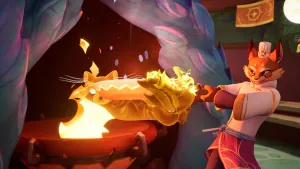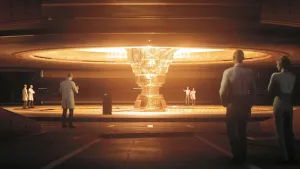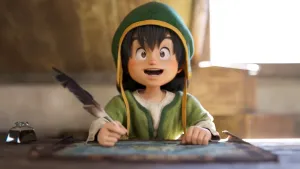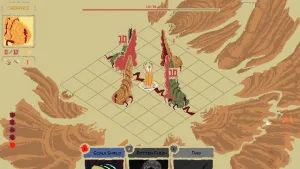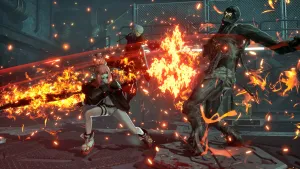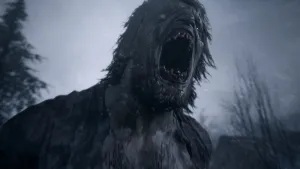Guild Wars 2's PvE Content Finally Explained
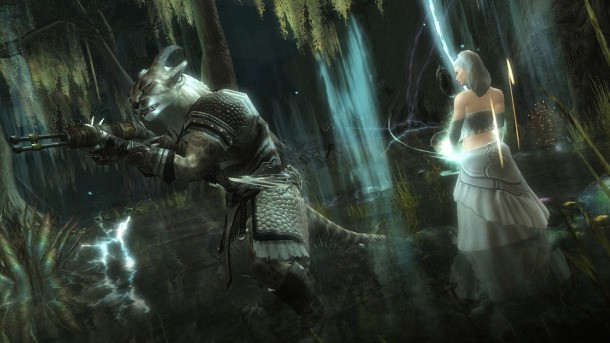
NCsoft's flagship Western PC franchise is taking huge steps from its original release and its several expansions to this full-on sequel. Guild Wars 2's Gamescom showing focused on the player-versus-environment portion of the game, and the vast amounts of dynamic content ArenaNet is promising are impressive.
Forget everything you know about MMO questing. Guild Wars 2 is doing everything possible to move away from static NPCs vomiting up walls of text explaining why it's critical for you to kill 10 rats. The zone design that ArenaNet showed off in Germany focuses around adventuring hotspots, but the way that players interact with NPCs and the world is different than most of the rest of the genre.
Basically, Guild Wars 2 takes the public quest concept from Warhammer Online to the extreme with its event system. If you get a request to deal with bandits attacking a farm, you don't methodically kill off a bunch of dudes wandering around a field. You'll have to defend the crops from waves of attackers, put out any fires that they manage to start, and chase off their chief when he comes out to deal with the resistance. If you fail, the crops will burn, though you may get a chance to take the farm back later through a different series of tasks.
Like Warhammer's public quests, anyone entering the area is notified of ongoing objectives. Anyone who helps gets credit for the work they've done via experience, karma (a separate currency that appears to be tied tightly to the event system), and loot. The difference here is that if a boss drops a rare item, everyone gets to roll on it -- and everyone who rolls well gets the loot. You never take an item away from someone else. ArenaNet's intention is to make players always want to help each other; since you're not all fighting for pieces of the same pie, cooperation is not a zero-sum game.
Another example ArenaNet showed off via live gameplay is a mid-level encounter with a massive dragon. Roughly 40 to 60 players and dozens of NPCs were engaged with various tasks. Some were attacking the dragon directly. Others were freeing allied players and NPCs from crystal prisons that the dragon was using to drain their lifeforce. Others were defending a line of siege weaponry from minions that the dragon was continually spawning. The scale compared favorably to any raid I've seen in any other game -- and this was a level 45-50 encounter, nowhere near the level cap of 80.
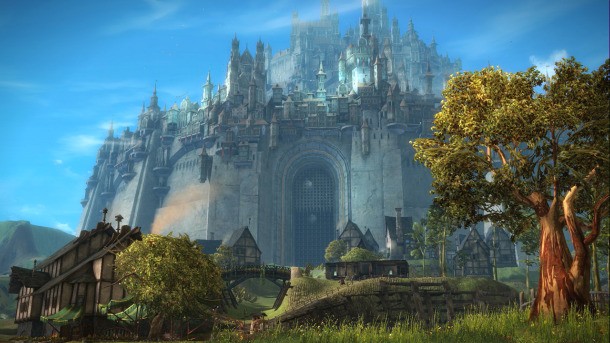
As cool as the fight itself was, the most interesting aspect was yet to come. The developers explained that the siege weapons -- a key piece of the encounter -- required far more effort than expected to repair if destroyed by the dragon's minions. Once enough of them are broken, a supply caravan is spawned at a nearby friendly outpost. This triggers an event of its own right, where players have to escort the supplies to the battlefield in order to get the heavy weaponry back online.
We don't know how much of the world's events are intertwined like this, but the fact that the technology backbone is there is encouraging. Keep in mind that this all happens in persistent public zones, and any player wandering by can jump in and help out. Even better, the events scale according to the number of players present, so that off-hours players can still experience at least the majority of the content.
The changes that happen in the world are not permanent, but they are persistent. So if you allow an outpost to be overrun by centaurs, it's not wrecked forever -- but it is until players successfully complete the event to retake it from the raiders. There are some obvious limitations to the system, so for instance defeating the dragon in the above example doesn't mean he's gone forever. He'll come back and start the same event over again later even if driven away, so the world is still to some extent stuck in a time loop. What I saw in Germany is a huge step beyond the almost entirely static worlds of most MMOs, though. It's an interesting contrast to the phasing system that Blizzard introduced in Wrath of the Lich King, with its own set of advantages and limitations.
One issue I can see potentially cropping up with Guild Wars 2's event system is the possibility of not being able to find anything interesting to do if few events are active around you. ArenaNet assures us that the world will be packed full enough of content that failing to find an event to jump into should be an astronomically rare situation, but we can't know that until the game launches. Still, Guild Wars 2 is looking nothing short of incredible, and I can't wait until the release, which NCsoft won't even hint at a date for yet.


